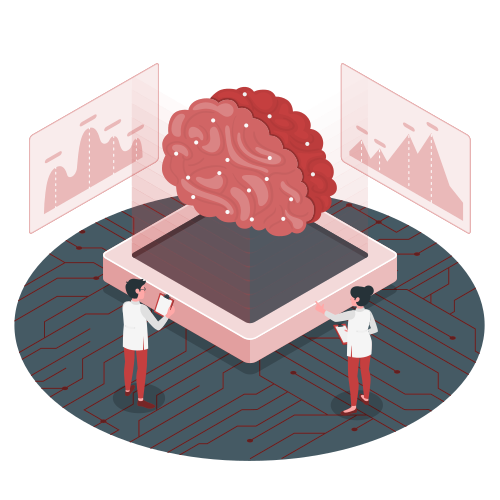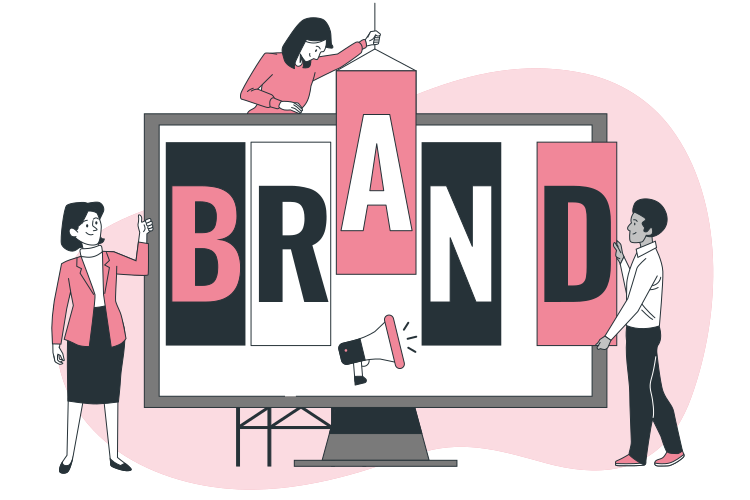Artificial Intelligence has transformed how companies attract, assess, and hire talent. From automated resume screening to AI-powered chatbots, predictive analytics, and algorithmic candidate matching, AI hiring is being embraced as a game-changer in the modern era. In fact, according to McKinsey’s recent “State of AI” study, over 75% of organizations now deploy AI in at least one business function—a signal that while AI offers unprecedented scale, it also demands a new level of vigilance around fairness, bias, and transparency."
Hiring faster, smarter, and at scale is now more possible than ever before. But with speed and scale come new challenges—especially around fairness, ethics, and accountability. As AI systems grow more complex, it’s worth exploring a few critical questions that can help reveal how trustworthy and responsible these tools really are.
- Can we trust the recommendations of an AI tool we don’t fully understand?
- Are these systems reinforcing bias under the guise of objectivity?
- And most importantly—can we trace and justify how hiring decisions are made?
In this blog, we explore the biggest challenges of using AI hiring—and why organizations should prioritize transparent, traceable hiring practices where AI supports, but doesn’t replace, human judgment to build diverse, high-performing teams.
1. The Black Box Problem: A Transparency Crisis in Hiring
One of the most pressing issues with AI hiring tools is their lack of transparency. This is known as the “black box” problem—where we can see the inputs (job descriptions, resumes) and outputs (candidate rankings, scores), but not the logic or rules the system used to make decisions.
These AI models, especially those built using deep learning or neural networks, operate with an internal complexity that even their developers struggle to explain.These challenges raise pressing questions for recruiters and HR leader like:
- How can you justify rejecting a candidate if you don’t know why the system did?
- What if a highly qualified individual is overlooked due to invisible system rules?
- How do you ensure hiring decisions are aligned with company values if the process itself is opaque?
Therefore, in regulated industries, or where diversity hiring targets are critical, this lack of explainability can also expose companies to legal and reputational risks.
Transparency in hiring isn't just a best practice—it's quickly becoming a business imperative.
2. AI Hiring with Algorithmic Bias
AI systems are not inherently neutral. They learn from historical data—past hiring decisions, job postings, resume patterns, and performance metrics. But what happens when that data reflects societal and organizational biases?
AI then begins to replicate and scale those same patterns, reinforcing unfair preferences:
- Prioritizing resumes from specific universities or locations
- Penalizing gaps in work history without context
- Favoring one gender or ethnic group over others due to skewed data representation
Unchecked bias in AI systems can lead to:
- Homogeneous teams that lack diversity of thought
- Missed opportunities to tap into underrepresented talent pools
- A brand reputation problem in competitive talent markets
Ethical talent acquisition starts with acknowledging that AI hiring must be audited, monitored, and complemented by human judgment.
3. Digital Exclusion: Visibility Isn’t Always Capability
Another often-overlooked challenge is digital exclusion. AI recruitment tools are typically trained on data scraped from online sources such as LinkedIn profiles, digital portfolios, publicly available resumes, etc.
As a result, they often favor candidates with a strong digital footprint like:
- Professionals with well-optimized LinkedIn profiles
- Tech-savvy individuals who know how to tailor their online presence
- Recent graduates or urban candidates with greater digital exposure
But this inadvertently sidelines equally capable candidates who may:
- Be from non-metro or Tier-2/3 locations
- Have taken career breaks or pursued unconventional paths
- Avoid public social platforms due to privacy or cultural concerns
In short, AI recruitment can mistake visibility for competence, thus leading to unfair exclusion of experienced, high-potential professionals who simply don’t play the SEO game with their resumes.
Hence, this becomes a real equity issue, especially for organizations committed to remote hiring across diverse geographies and socioeconomic backgrounds.
4. Generative AI Hallucinations: When Explanations Go Wrong
Generative AI (GenAI) tools are being introduced in recruitment to improve explainability—giving hiring teams more insight into why a candidate was recommended or rejected.
On the surface, this is a great step forward.
But GenAI comes with its own risks—chief among them being hallucinations, where the AI provides detailed, plausible-sounding justifications that are factually incorrect or logically flawed.
For example:
“This candidate lacks leadership experience,”
when the resume clearly shows they’ve led multiple teams.
This creates a dangerous situation: hiring teams may trust flawed explanations without verifying the underlying logic.
Over-reliance on AI in hiring and AI-generated reasoning can lead to:
- Poor hiring decisions
- Missed top-tier candidates
- Reinforcement of unconscious bias under a layer of false logic
GenAI is powerful—but only when combined with critical human oversight that challenges, interprets, and validates the system’s output.
5. Security and Data Integrity
Beyond bias and logic, there’s another risk lurking when used AI hiring systems—security vulnerabilities.
AI models can be exploited through:
- Data poisoning – where malicious actors insert biased or misleading data into the training dataset
- Prompt injection attacks – where cleverly worded inputs manipulate the AI into behaving in unintended ways
These attacks could:
- Skew candidate rankings
- Favor specific profiles unfairly
- Introduce discriminatory behavior without immediate detection
In hiring, where trust and ethics are critical, such manipulations could have major consequences—from compliance breaches to loss of candidate confidence.
So, to prevent this, AI vendors can work closely with cybersecurity experts and implement robust model monitoring, integrity checks, and audit logs.
The Future of Hiring: Transparent, Traceable, Human-Guided
So, what’s the way forward?
The future of recruitment isn’t about removing humans from the process. It’s about augmenting human intelligence with ethical technology—in ways that are explainable, fair, and defensible.
Here’s what transparent hiring looks like:
- Structured evaluation criteria clearly aligned to job roles
- Audit trails showing how decisions were made at each stage
- Consistent communication to candidates about their status
- Human-led review of AI suggestions with room for context and nuance
Transparent recruitment systems don’t just improve compliance. They build trust with candidates, strengthen the employer branding, and thus help companies attract mission-aligned talent who feel seen and respected.
Striking the Right Balance between AI Hiring and Human Recruiter
AI hiring will continue to evolve and play a valuable role in modern talent acquisition. But speed and scale must never come at the cost of fairness, transparency, and inclusivity. Therefore, let AI assist, but keep humans in control of recruitment.
it’s worth reflecting on a few tough questions when evaluating your hiring tools:
- Can we explain why a candidate was selected—or rejected?
- Are our systems designed to include or exclude?
- Are we making decisions based on real potential—or algorithmic patterns?
The companies that win the talent game in the AI era will be those that combine the best of technology with the best of human insight—building systems that are not only intelligent but also ethical, explainable, and fair.
Looking for a hiring partner that prioritizes fairness, speed, and quality? Utkrisht ensures transparent hiring with pre-vetted candidates, expert-led screening, and end-to-end recruitment support across roles, locations, and growth stages.



